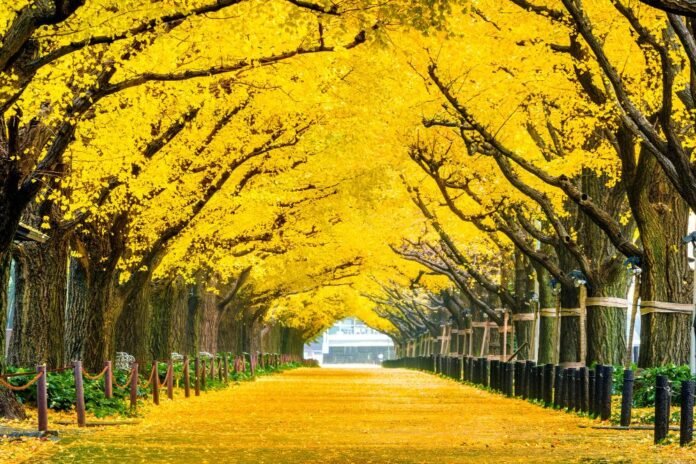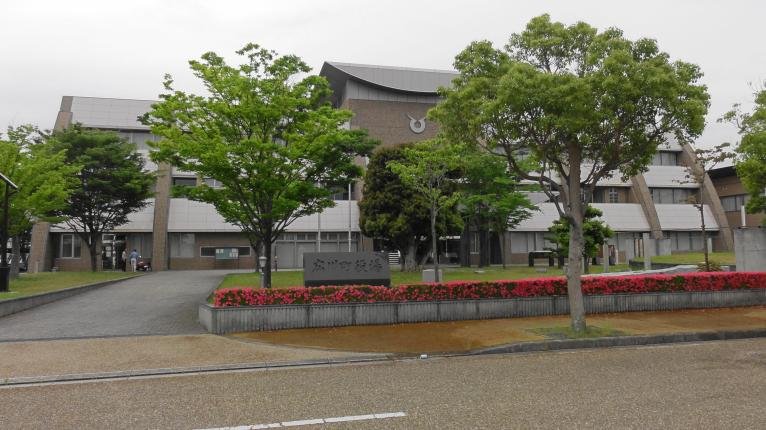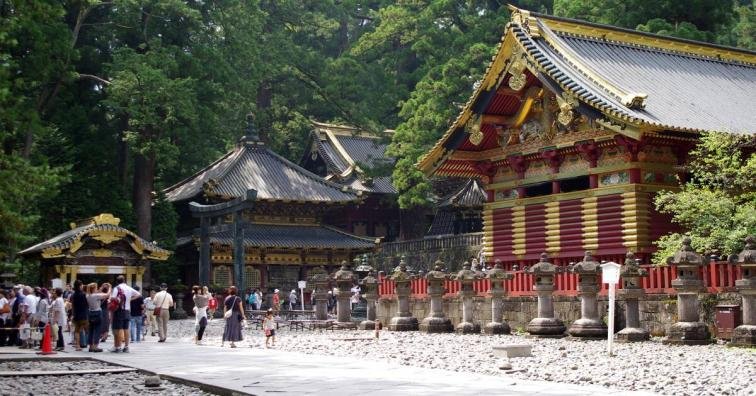Introduction
Yellow Spring Road, known as “Koganezaka” (黄金坂) in Japanese, is a hidden gem that combines natural beauty, cultural significance, and stunning photographic opportunities. Whether you’re an avid photographer, a nature enthusiast, or simply someone seeking tranquility, Yellow Spring Road has something to offer. In this detailed blog post, we’ll delve into the enchanting aspects of this road, its locations, and practical tips for your visit.
1. Location and Background
1. Where is yellow spring road?
Yellow Spring Road is located in the Japanese countryside, approximately 30 kilometers north of Tokyo. It winds its way through the rolling hills and verdant forests of the Tochigi prefecture, offering breathtaking views of the surrounding landscape. The exact address is: Yellow Spring Road, Tochigi Prefecture, Japan. Note: The road’s location may vary, and it’s recommended to check for updates before visiting.
2. Hirokawa, Wakayama Prefecture
Image: Wikipedia
Yellow Spring Road is primarily associated with Hirokawa, a charming town located in Wakayama Prefecture. Nestled amidst lush greenery and rolling hills, this road offers breathtaking views of Gingko trees, especially during the fall season. The vibrant yellow leaves create a magical atmosphere, making it a favorite spot for photographers and travelers alike.
3. Nikko City, Tochigi Prefecture
Image: Wikipedia
Surprisingly, there’s another Yellow Spring Road in Nikko City, Tochigi Prefecture. This area is part of Nikko National Park and boasts its own unique charm. Here, the road is lined with over 140 Ginkgo trees that turn a brilliant yellow color during autumn. Nikko is also home to UNESCO World Heritage Sites, including the Shrines and Temples of Nikko, adding cultural significance to the experience.
2. Navigating to Yellow Spring Road in Japan
1. Transportation Options
- By Car: Driving to Yellow Spring Road allows you to stop at various viewpoints along the way. Be prepared for winding roads and stunning vistas.
- By Bus: Daily bus services connect nearby towns to Yellow Spring Road. Check local schedules for availability.
- By Train: The nearest train station provides easy access to the road. From there, consider taking a taxi or walking to the site.
Also read: wellhealthorganic.com : key signs of gastroenteritis
3. Cultural Significance
1. Nikko’s Heritage
In Nikko, Yellow Spring Road is more than just a scenic route. It’s part of a larger cultural tapestry. Explore the nearby temples, shrines, and historical landmarks. Don’t miss the Toshogu Shrine, a masterpiece of architectural and artistic craftsmanship. The entire area is a UNESCO World Heritage Site, reflecting Japan’s rich history and spirituality.
4. Photography Tips
1. Capturing the Beauty
- Gingko Trees: The iconic Gingko trees lining the road are the stars of the show. Their golden leaves create a mesmerizing canopy. Experiment with different angles and lighting conditions.
- Spring Blooms: During spring, the Nanohana fields (canola flowers) bloom, adding vibrant yellow hues to the landscape. Capture this ephemeral beauty.
5. Frequently Asked Questions (FAQs)
Yes, Yellow Spring Road is accessible throughout the year. However, the best time to visit is during autumn (October to November) when the Gingko trees are in full glory.
No, there are no admission fees to explore Yellow Spring Road. It’s open to the public.
While it’s possible, it’s recommended to focus on either Hirokawa or Nikko during a single trip to fully appreciate the unique features of each Yellow Spring Road.
Whether you’re planning a photography expedition or seeking a serene escape, Yellow Spring Road promises an unforgettable experience. Remember to pack your camera, embrace the changing seasons, and immerse yourself in the golden beauty of Japan’s hidden roads.
Also read: Is The Human Gathering Fake? Uncovering the Truth Behind the Exclusive Event



